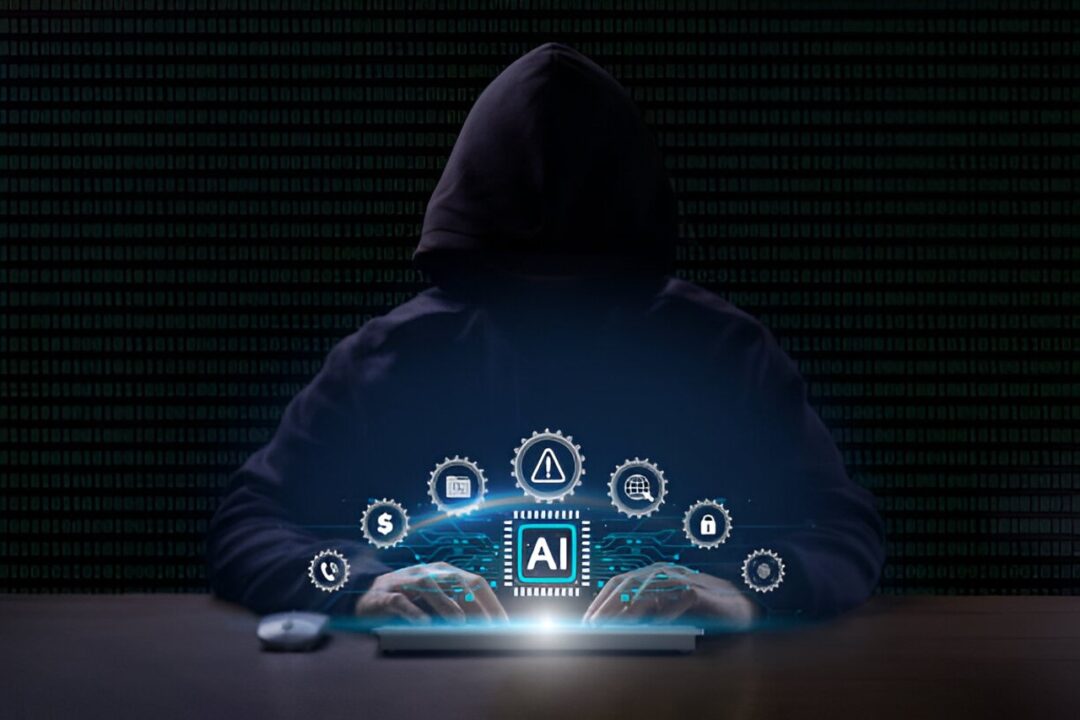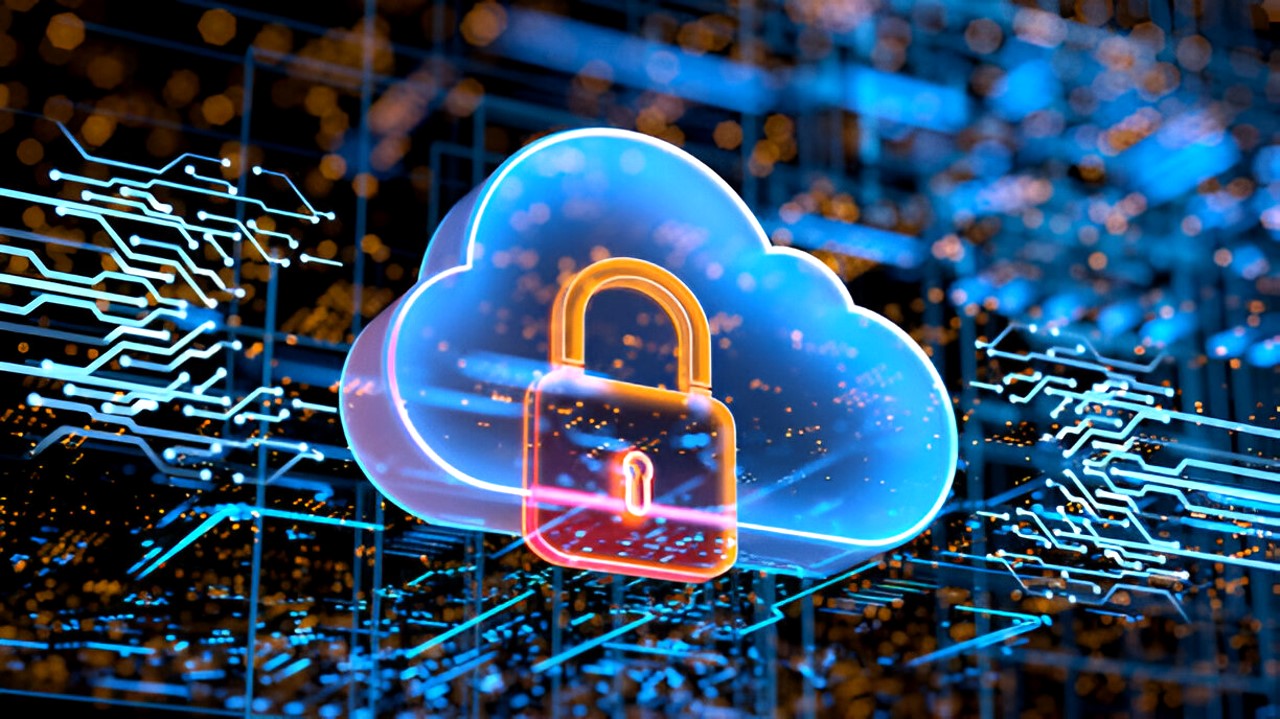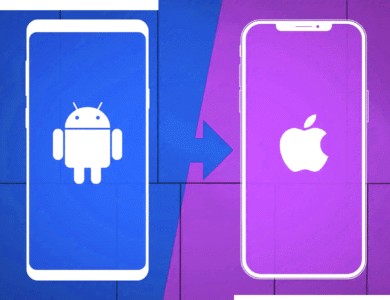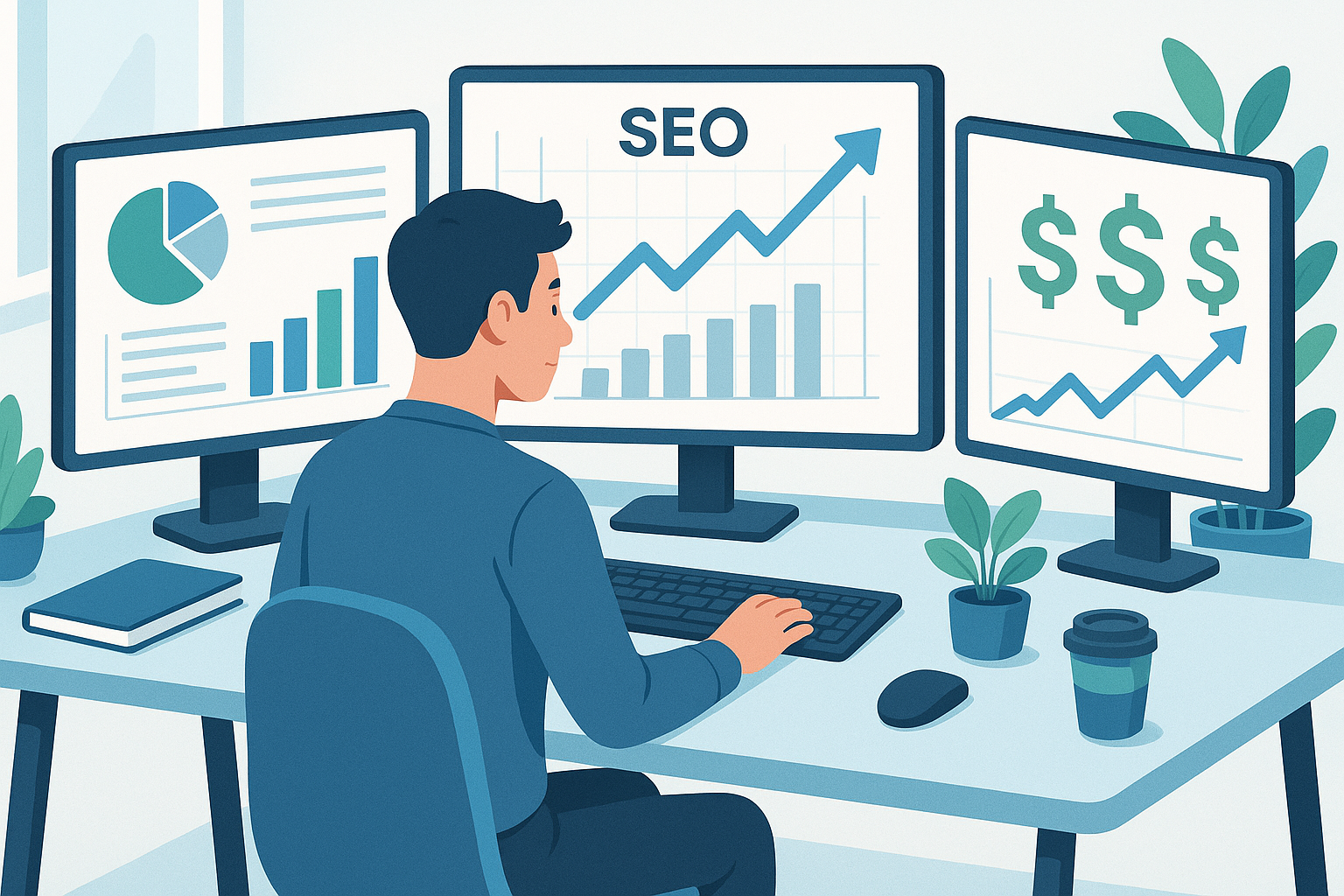Top 10 Cybersecurity Trends to Watch in 2025
Let us dive into the top 10 cybersecurity trends to watch in 2025. Join us as we explore how new technologies, evolving threats, and innovative defenses shape our way of protecting our data.
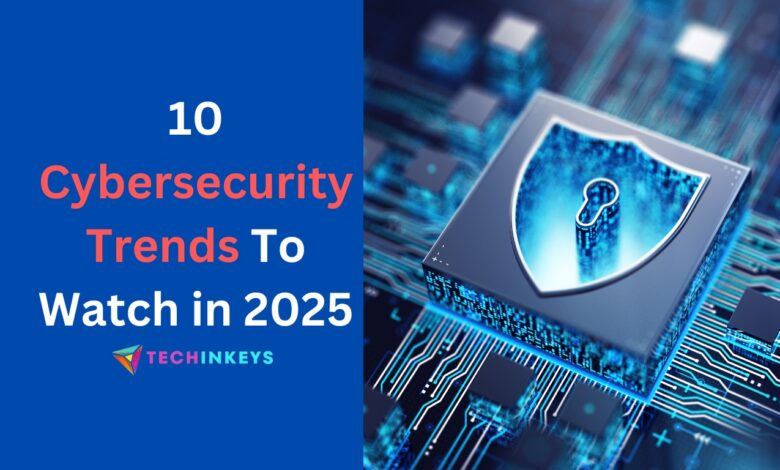
Did you know? Experts say that by 2025, cybercrime could cost the world over $10.5 trillion every year. That’s more than the entire economic value of a large country, like Japan! With such a huge impact, cyber threats are more serious than ever.
Protecting data is no longer optional—it’s necessary. From big companies to everyday internet users, everyone needs to know about cybersecurity.
Let’s look at some of the major cybersecurity trends to watch in 2025 that are changing how we think about protecting our data and devices. By understanding these trends, we can all be a little safer in a digital world filled with risks.
List of Top 10 Cybersecurity Trends to Watch in 2025
1. Rise of AI-Based Cybersecurity Solutions
Why is AI important for cybersecurity?
Artificial intelligence, or AI, has revolutionized cybersecurity. With the increasing number of cyber threats, AI-based tools are essential for identifying unusual activities that may signal a cyberattack.
By using machine learning, which is a type of AI, these tools can learn to detect even new types of threats in real time. This helps in defending against potential cyber threats before they become dangerous.
How AI Improves Security
AI-powered cybersecurity can process and analyze thousands of pieces of data in just seconds. This real-time analysis allows companies to stay ahead of cyber threats by anticipating possible attacks.
AI-based tools also improve with time—they learn from past threats and become better at spotting new ones. By 2025, AI-based cybersecurity will play a huge role in protecting us from emerging threats.
2. The Zero-Trust Architecture: A New Way to Think About Security
What is Zero-Trust?
The Zero-Trust model is a cybersecurity approach that says, “Never trust, always verify.” This implies that the mere presence of a network does not automatically establish trust. Instead, all users and devices must prove their identity, no matter where they are.
Why It’s Important
With so many people working remotely and using various devices, zero-trust has become critical. By verifying every user and device, this model prevents unauthorized access to sensitive information.
As the cybersecurity landscape becomes more complex, Zero-Trust is one of the top security measures that organizations are adopting to protect their networks.
3. Increased focus on cloud security.
Why Cloud Security Matters
Businesses are increasingly shifting their data and applications to the cloud, a digital storage system accessible via the internet.
However, cloud security remains a big concern, as these online systems can be vulnerable to cyber threats like data breaches and unauthorized access.
Key Cloud Security Tools
Cloud security tools are getting more advanced to protect data. Tools like CASBs (Cloud Access Security Brokers) ensure that only authorized users can access sensitive data. In 2025, we can expect even more strong cloud security tools, including advanced encryption and continuous monitoring, making cloud storage more secure than ever.
4. Quantum-resistant encryption
What is quantum-resistant encryption?
Future quantum computers, which are extremely powerful computers, are the target audience for quantum-resistant encryption. These computers might be able to break current encryption methods, putting sensitive information at risk.
Preparing for quantum cybersecurity
To counter these potential threats, cybersecurity experts are developing new, stronger types of encryption that quantum computers can’t easily break. This shift toward quantum-resistant encryption will be essential by 2025, as technology continues to advance.
5. Securing the Internet of Things (IoT)
What is the IoT?
The Internet of Things (IoT) refers to everyday devices, like smart home appliances and wearable gadgets, that connect to the internet. Although these devices are helpful, they also create new cybersecurity challenges. Many IoT devices lack strong security protocols, making them simple targets for cyber threats.
IoT Security Trends for 2025
By 2025, IoT security will focus on strong authentication, secure data transmission, and real-time firmware updates. Security measures for IoT will also include automated firmware patches, helping to protect these devices from potential attacks.
6. Advanced Identity and Access Management (IAM)
Why Identity and Access Management are Essential
Identity and Access Management (IAM) helps ensure that only authorized users have access to sensitive information. In 2025, organizations will rely heavily on IAM systems to keep data safe.
Multi-Factor Authentication (MFA) and Passwordless Security
In the coming years, we expect Multi-Factor Authentication (MFA) and passwordless security to become standard. MFA requires more than one type of verification, like a password and a fingerprint scan, to access a system. This makes unauthorized access more difficult and reduces human error, as users won’t need to remember complex passwords.
7. The threat of fake and synthetic media
What are Deepfakes?
Deepfakes are fake images, videos, or audio created by AI. AI can use these to trick people, spread false information, or steal identities.
Deepfakes pose a significant threat to cybersecurity due to their potential use in social engineering attacks, which manipulate individuals into disclosing sensitive information.
Protecting Against Deepfake Attacks
Cybersecurity teams are developing tools to detect deepfakes. AI-driven solutions can check media for inconsistencies, helping to identify fake content.
These tools will be important by 2025 as the risk of deepfake attacks increases.
8. Rise of Threat Intelligence Platforms (TIPs)
What is a Threat Intelligence Platform?
A Threat Intelligence Platform (TIP) collects and analyzes data on cyber threats. By understanding potential attack vectors, TIPs help organizations stay ahead of cybercriminals.
How TIPs Improve Cybersecurity
TIPs enable continuous monitoring and incident response by providing early warning signs of phishing attacks. This proactive approach allows organizations to strengthen their defenses before an attack happens.
By 2025, TIPs will play a key role in real-time protection and reducing the impact of data breaches.
9. Increased emphasis on supply chain security.
Why Supply Chain Security is Important
Supply chain attacks target vulnerabilities in a company’s suppliers or third-party partners. These attacks are particularly dangerous because a single weak link can impact multiple organizations. In 2025, more companies will prioritize protecting every part of their supply chain.
How are companies protecting supply chains?
To minimize risk, organizations conduct regular risk assessments on vendors. This includes monitoring software and hardware used by third parties.
Strengthening endpoint security—protection at the devices and systems connected to the network—also helps reduce the chances of a supply chain attack.
10. Focus on data privacy and compliance with regulations.
Why Data Privacy Matters
Laws like GDPR and CCPA require companies to handle data responsibly, protecting user privacy. In 2025, data privacy will be a core part of cybersecurity strategies.
How Compliance Shapes Cybersecurity
Organizations are adopting data handling practices that prioritize transparency and accountability. Regular audits ensure that companies follow the rules, which helps build trust with customers and protects against data breaches.
Conclusion: Staying safe in 2025 and beyond
The cyber security landscape in 2025 will be filled with challenges but also advanced tools to counter these risks.
From AI-powered defenses and quantum-resistant encryption to zero-trust models and secure cloud systems, the goal is to create a safer digital world for everyone.
As cyber threats continue to evolve, understanding these trends will help individuals, companies, and governments stay prepared and resilient.
By keeping up with emerging trends and adopting proactive security measures, we can all contribute to a more secure digital future.
